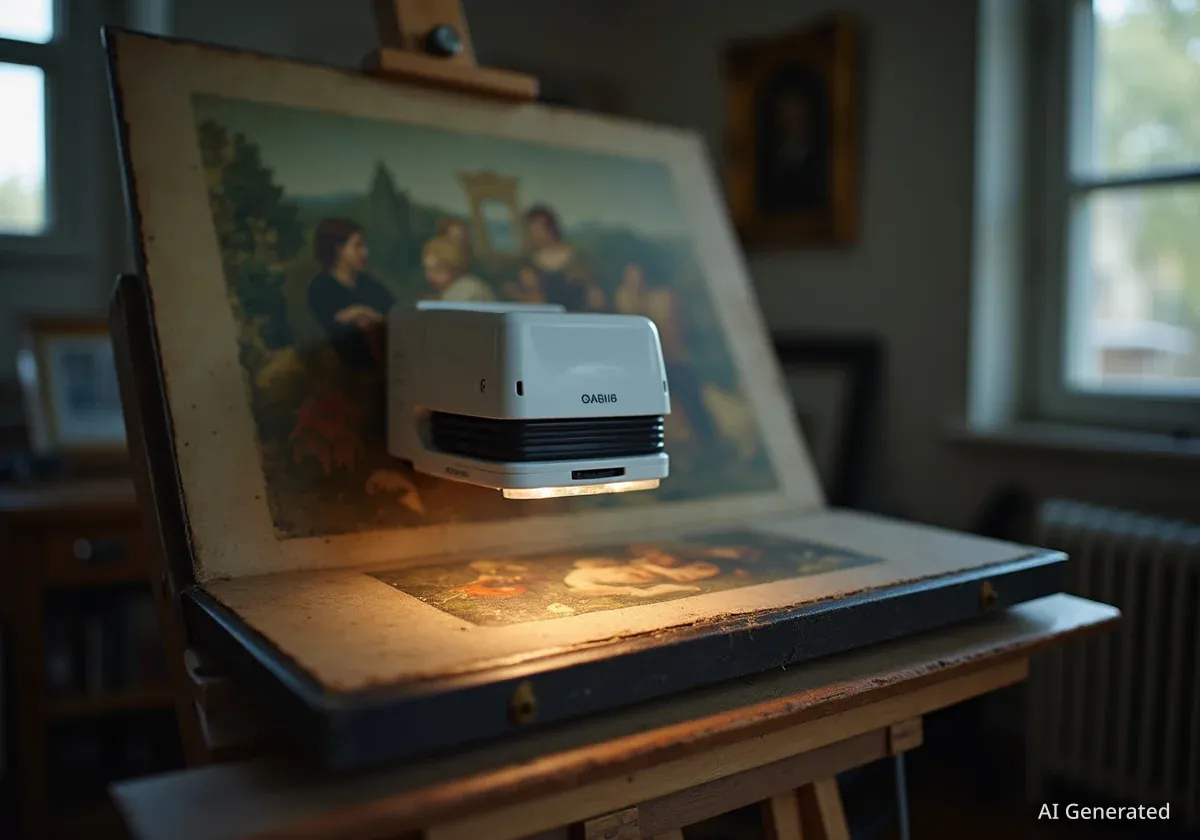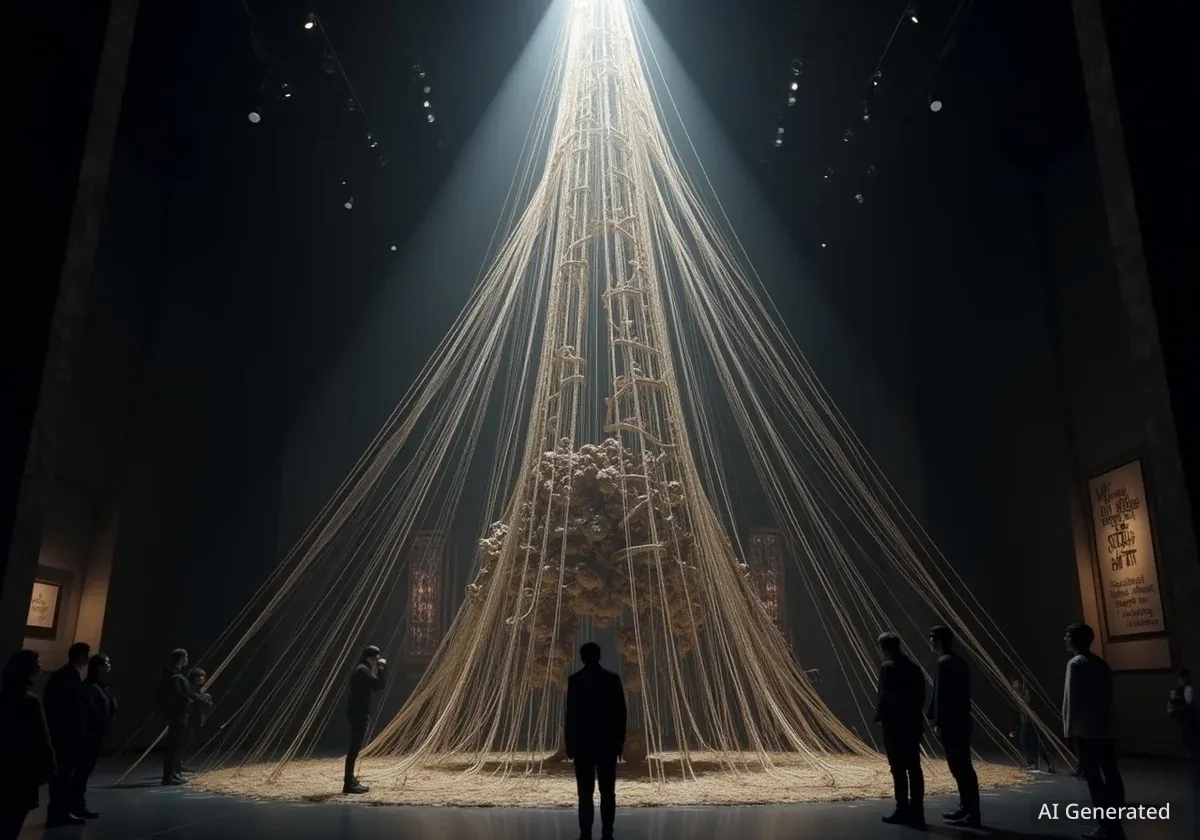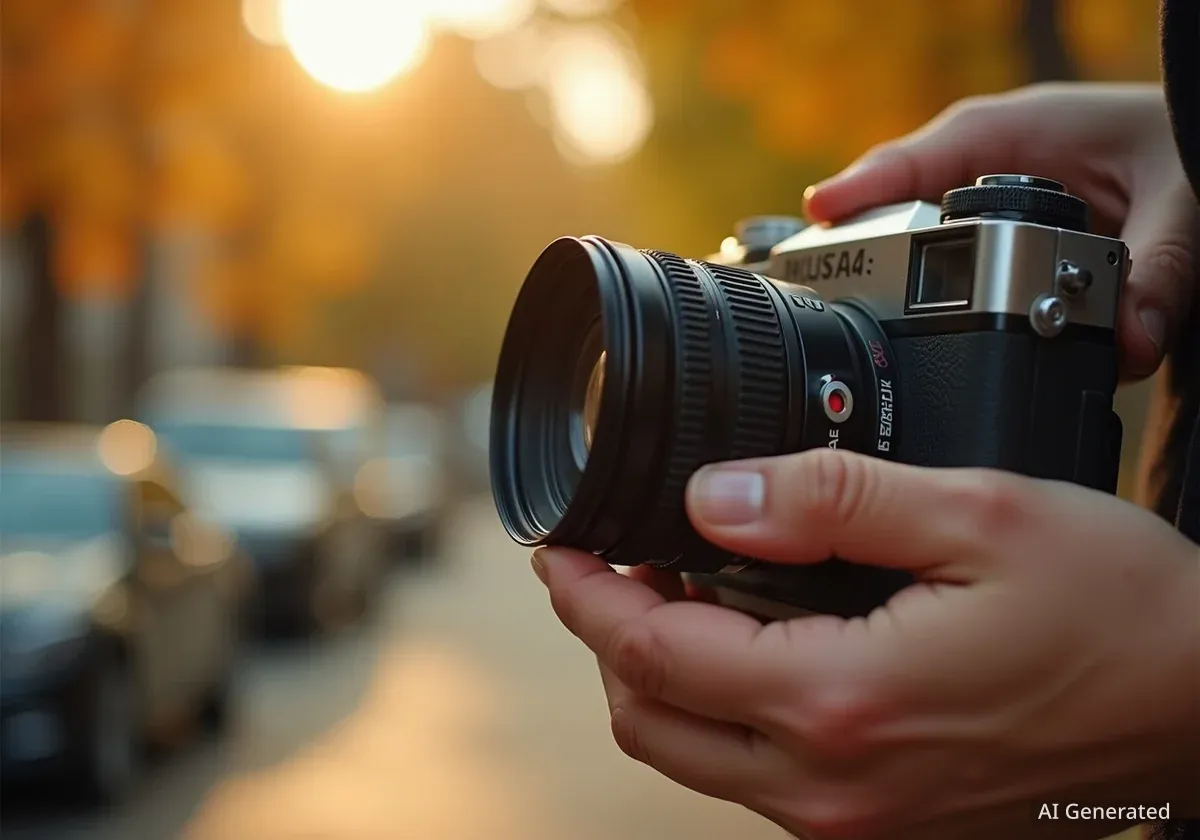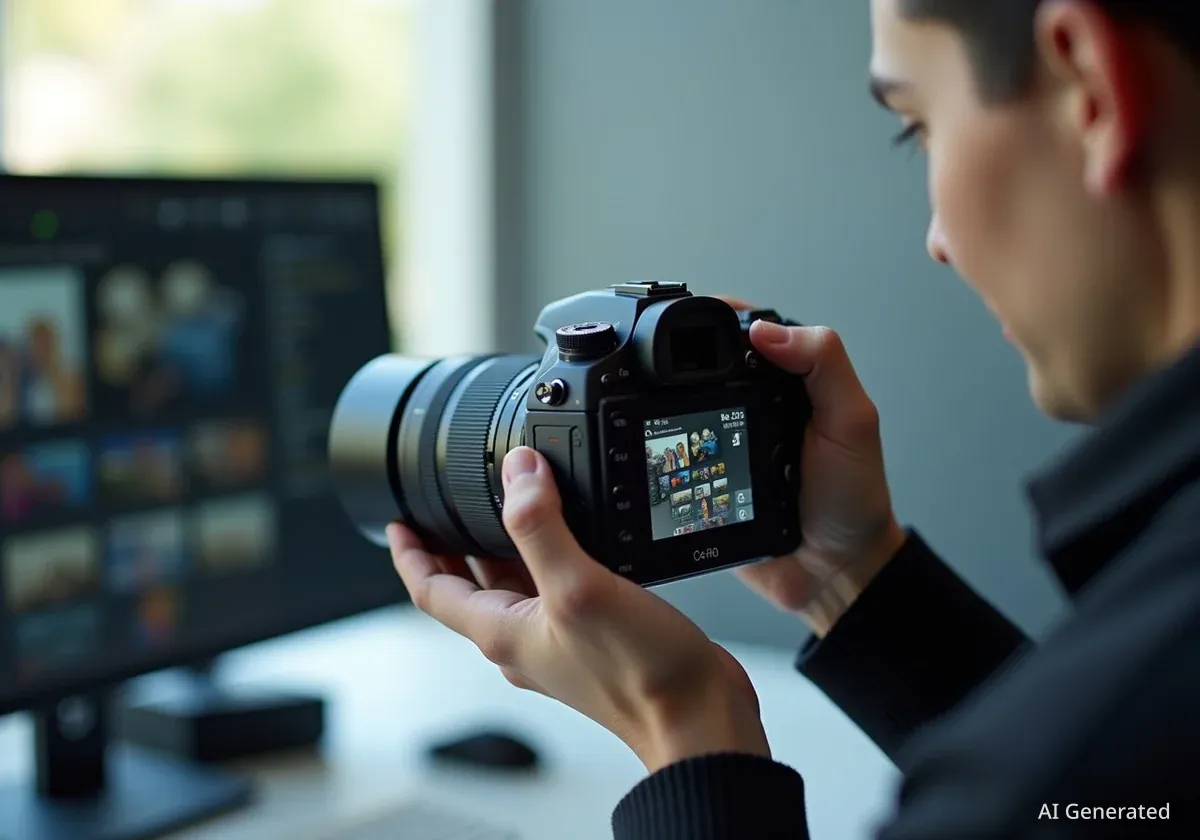A new non-invasive scanning method is improving the process of authenticating artworks. This technology uses advanced imaging to identify hidden details and historical changes within paintings. It offers a precise way to analyze art without causing any damage.
Key Takeaways
- New scanning technology allows for non-invasive art authentication.
- It helps identify underdrawings, previous repairs, and artist techniques.
- The method provides detailed insights into a painting's history.
- It can detect forgeries and confirm genuine works.
Advanced Imaging for Art Analysis
The new technology uses a combination of imaging techniques. These include X-ray fluorescence (XRF) scanning and infrared reflectography. These methods work together to create a multi-layered view of an artwork. They reveal details not visible to the naked eye.
For example, XRF scanning identifies the chemical elements present in different paint layers. This helps determine the pigments used. Infrared reflectography penetrates surface paint. It shows underdrawings or initial sketches made by the artist.
Fact: Non-Invasive Approach
Traditional authentication methods sometimes require taking small samples from artworks. This new scanning technology avoids any physical contact, preserving the integrity of the piece.
Revealing Hidden Histories
This scanning approach can uncover a painting's complete history. It shows how an artist changed their mind or made revisions. It can also highlight previous restoration efforts. These details are crucial for understanding an artwork's journey over centuries.
According to art conservators, every layer tells a story. The ability to see these hidden layers provides valuable context. It informs decisions about conservation and historical placement.
Detecting Forgeries with Precision
One of the most significant applications of this technology is forgery detection. Forgers often use materials or techniques that were not available during the period they are trying to imitate. The scanners can identify these discrepancies.
For instance, if a painting claimed to be from the 17th century contains pigments only invented in the 19th century, the scanner will reveal this. This provides strong evidence of a forgery. The precision of the data helps experts make definitive judgments.
"This technology acts like a time machine for art. It allows us to peer into the past of a painting and understand its true origins and evolution," stated Dr. Evelyn Reed, a leading art historian at the National Gallery of Art.
Understanding Artist Techniques
Beyond authenticity, the technology offers insights into an artist's working methods. It can show how an artist built up layers of paint. It reveals their brushwork beneath the surface. This information is valuable for art scholars and students.
For example, researchers can study the evolution of an artist's style. They can compare underdrawings to finished works. This helps in understanding creative processes and influences.
Background on Art Authentication
Art authentication has historically relied on visual inspection, provenance research (tracking ownership history), and sometimes chemical analysis of tiny samples. The rise of sophisticated forgeries has increased the need for more advanced, non-destructive tools.
Benefits for Museums and Collectors
Museums and private collectors benefit greatly from this development. They can now assess new acquisitions with greater confidence. This reduces the risk of purchasing or displaying fraudulent pieces. It also protects their financial investments.
The technology also aids in conservation planning. By understanding the underlying structure and materials, conservators can choose the best methods for preserving an artwork. This ensures its longevity for future generations.
- Reduced Risk: Collectors can minimize the chance of acquiring fake art.
- Enhanced Preservation: Conservators gain critical data for restoration.
- Academic Research: Scholars can study artistic techniques in detail.
- Market Confidence: The art market benefits from increased transparency.
Global Adoption and Future Impact
Several major art institutions worldwide are adopting this scanning technology. The Metropolitan Museum of Art in New York and the Louvre in Paris are among those exploring its potential. Its use is expected to become standard practice in high-value art transactions.
The development represents a significant step forward in art historical research and protection. It combines scientific rigor with a deep respect for cultural heritage. The technology continues to evolve, promising even more detailed insights in the future.
Experts predict that within the next five years, these non-invasive scanning methods will be an integral part of nearly all major art assessments. This trend will strengthen the integrity of the global art market.





